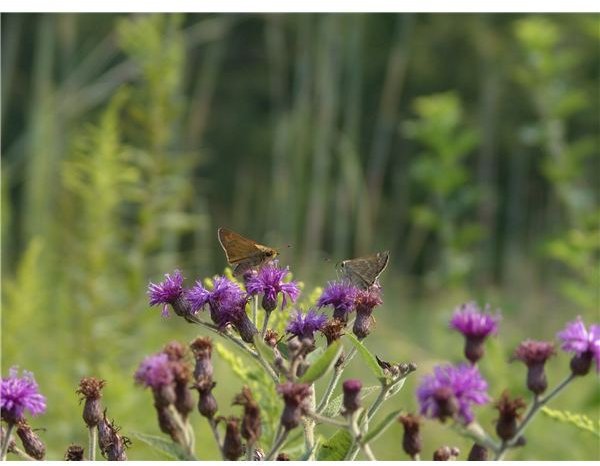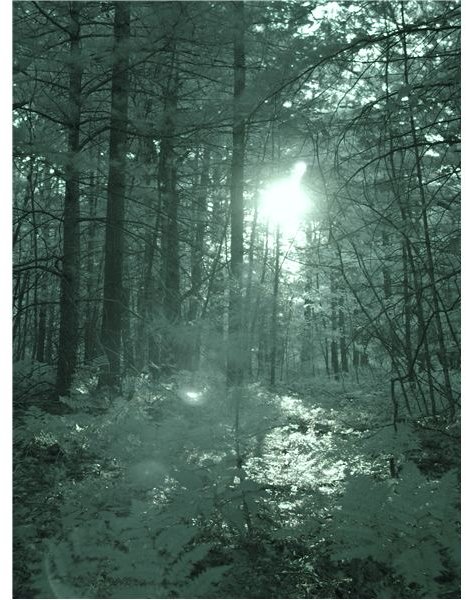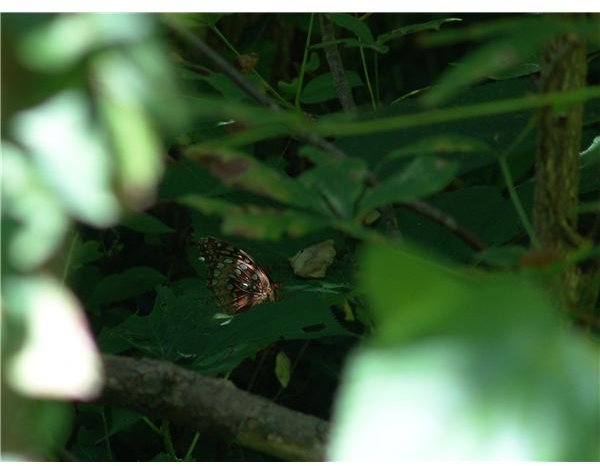Nature Photography - Tips, Tricks and Techniques on How to Take Great Nature Photographs
Every discipline of photography is a little bit different than the others, and nature photography is no exception. While many of the “traditional” rules hold, there are a few quirks here and there that it may definitely help to know. I’d like to share with you a few of the tips and tools that I’ve found useful- I think you will, too. In addition to these tips, this guide to nature photography will provide you with more tips and techniques on how to capture the best nature photos.
Equipment may well be one of the first things that come to mind when you start to think of photography in the outdoors. It never hurts to have more (or better!) equipment, but don’t let that stop you from getting outside. I will, however, highly recommend that you invest in a tripod, since a little camera shake or insufficient lighting can ruin an otherwise excellent shot. I recall a butterfly in a dense patch of stinging nettle that would have made an excellent shot, if only I had been carrying my tripod with me!
[See Image 1]
Also important is macro capability; you will definitely want to get to know your camera’s minimum focal distance and any quirks it might have at close range (the density of foliage in the woodland and prairie where I normally take photos often makes focusing an art as well as a science).
Patience, knowledge of your surroundings, and a sense of timing are also of the utmost importance. Just moving through nature can disturb the inhabitants; waiting in one place for a while gives animals a chance to settle back down while also giving you a golden opportunity to catch the occasional passerby. Also take the time to get to know the area you’re photographing and a little about your subjects- for instance, I know that skipper butterflies like frequenting asters on late summer afternoons, so I know where to go and what plants to look for if I want to capture them on camera.
[See Image 2]
When it comes time to go outside, don’t let your preconceived notions of what comprises a good photograph or the ideal subject restrict your shooting- one of the advantages of digital photography is that you don’t have to worry about the purchase and processing costs associated with film. Take a chance! Get a little altitude, use the vertical, or intentionally change the exposure just to see what happens. You never know- you might discover a new trick to keep in your toolkit!
[See Image 3]
As in any form of media, keep your audience in mind. Since I work at an ecology center, a lot of the wildlife photography I’ve done focuses on exercising artistic expression while also ensuring that the picture can be used to identify the organism in question. Oftentimes, I end up bending or breaking the rule of thirds in order to get a clearer shot of a flower or insect. At other times, I’ll take multiple photos from the same angle at different times of year in order to highlight both seasonal changes and significant events that have occurred.
Nature photography isn’t so different from other kinds of photography- it’s just the context that makes things seem so different. The biggest hurdle is coming to understand the area and organisms you’re taking the time to photograph; if you’re willing to do that, then you’re halfway there. If you take the time to see what nature has to offer, you just might discover things you never knew about both yourself and the world around you.
Images


